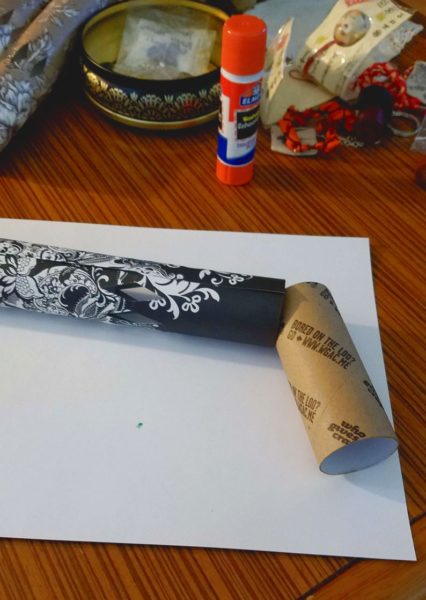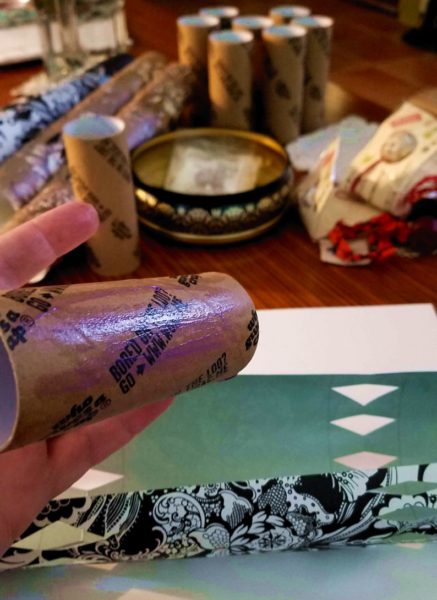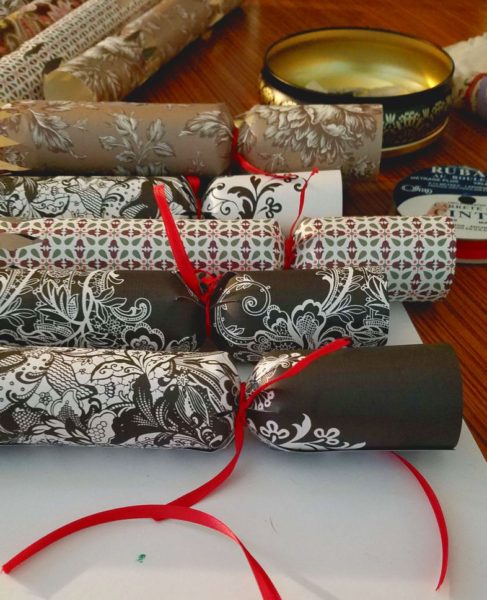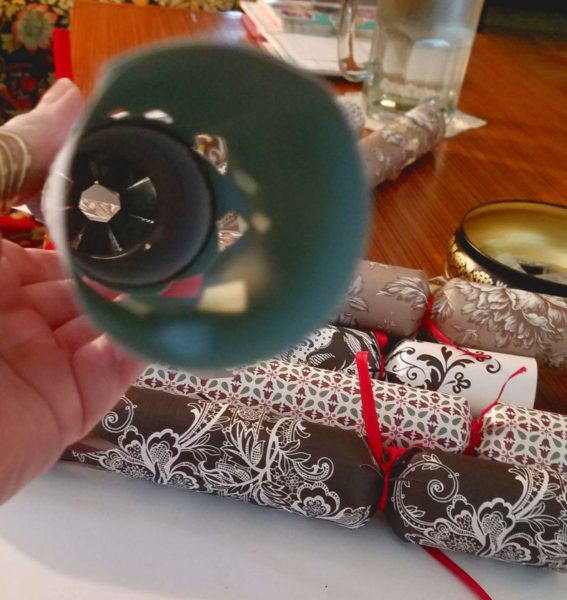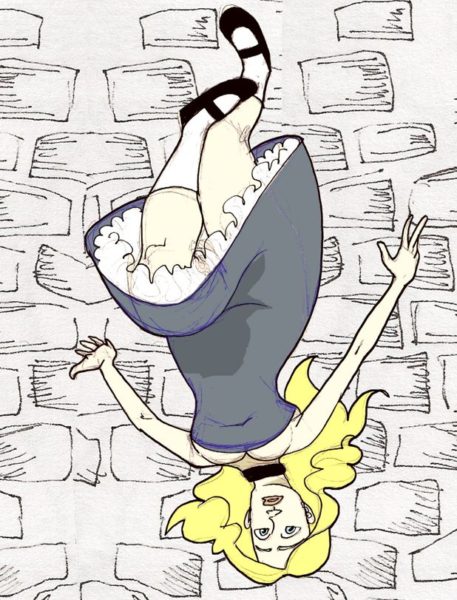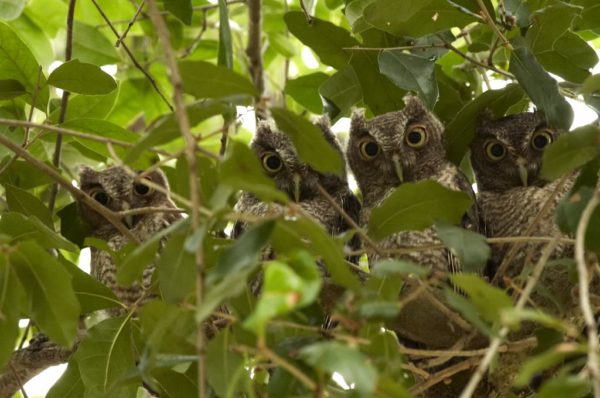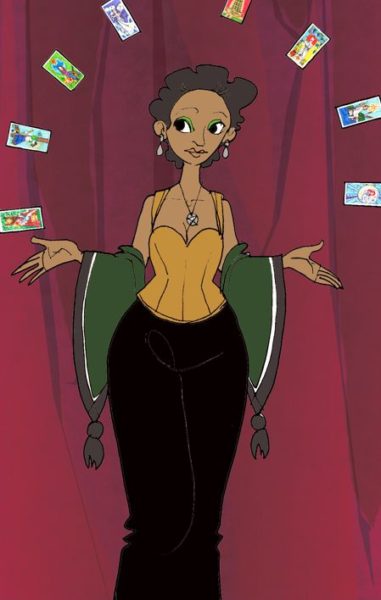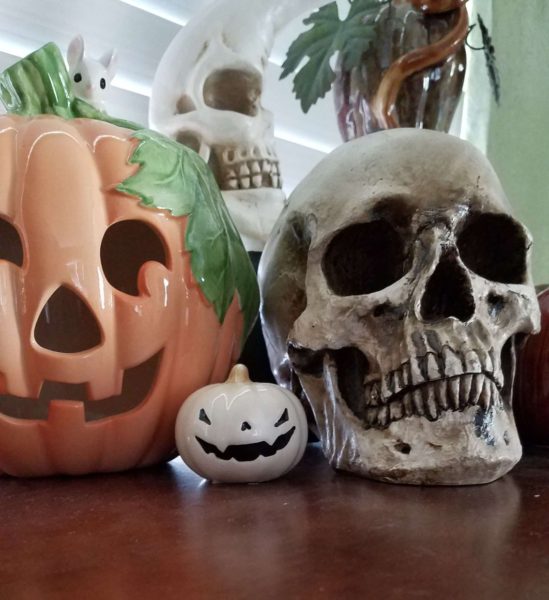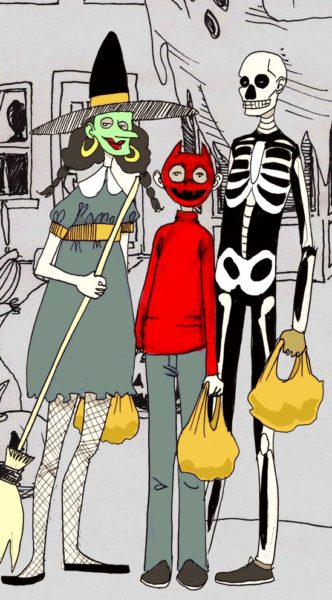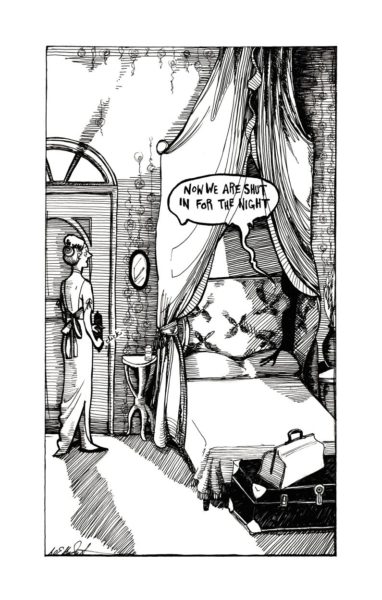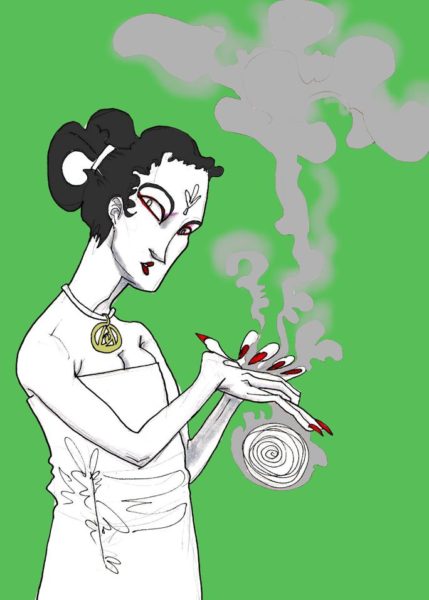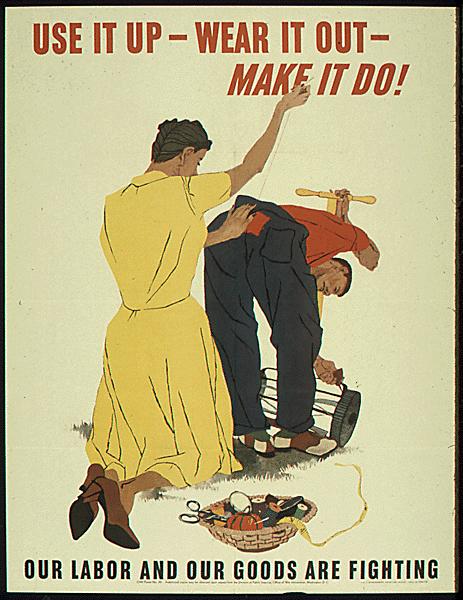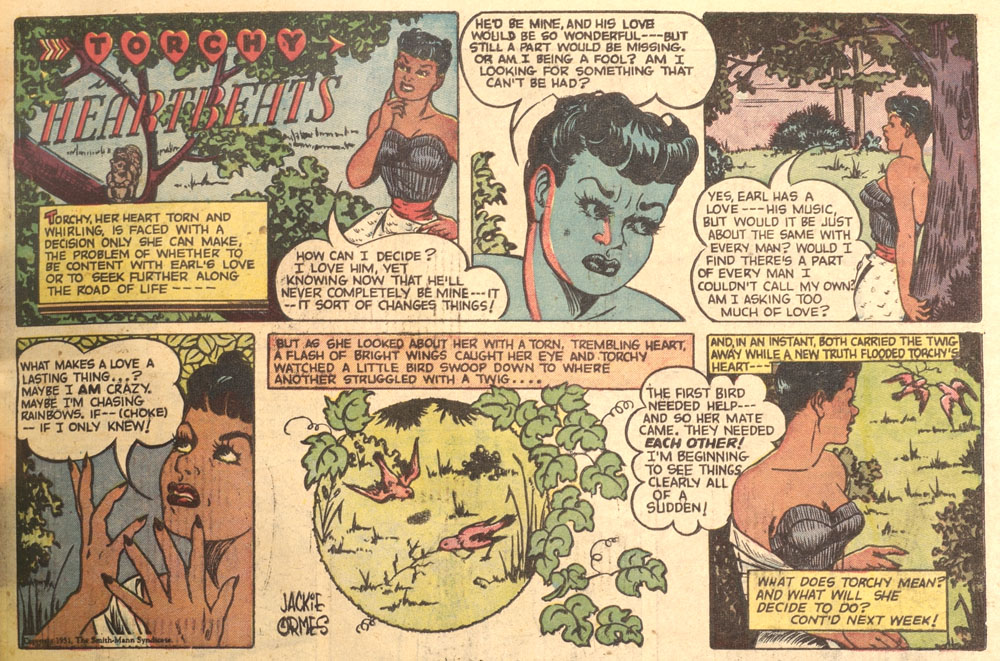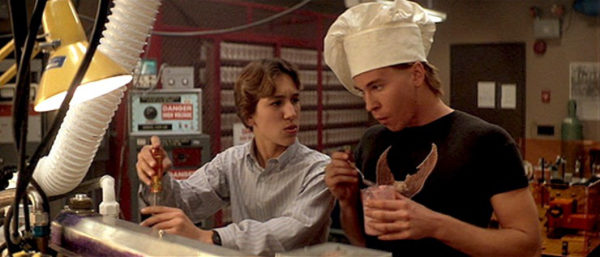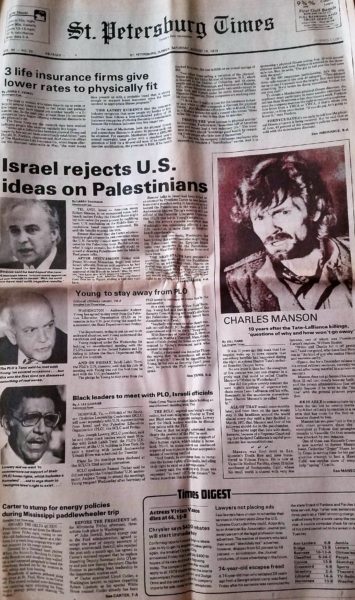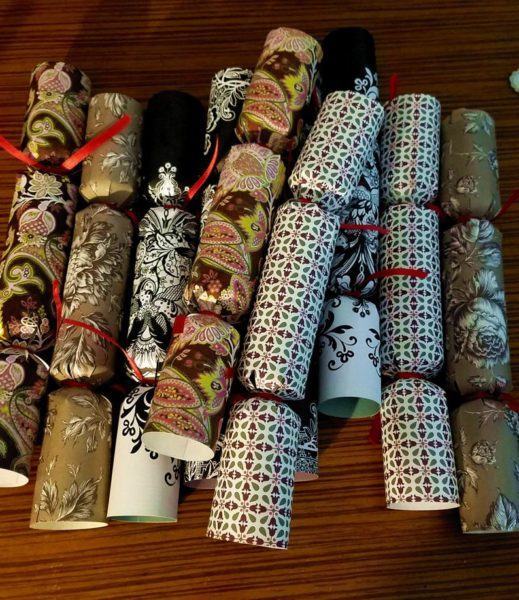
We have been spreading our love of Christmas crackers to family and friends for a few years now. They used to be harder to find in the southern U.S., but are now made for just about every holiday and found in almost every home decor shop and catalog.
This year I wanted to make foisting crackers on family a little more special. I decided to make my own. This version does not actually ‘crack’ with the snap strip that gave crackers their name. I have been trying to make crafts to use up supplies in my closet. Since I didn’t have snap strips in the closet, I did without. I figured this was fine, because in my experience, thy only worked 10% of the time, anyway.
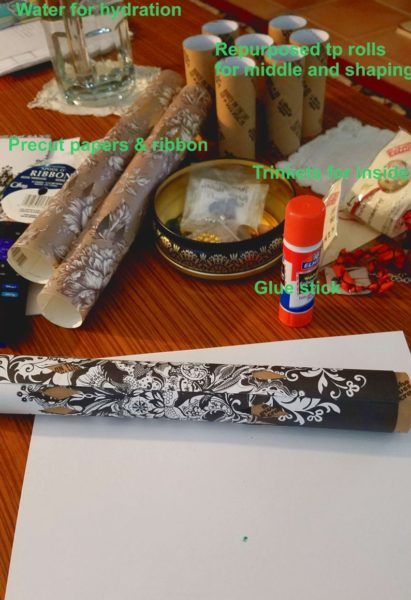
What you will need
- Craft paper of some kind
- ribbon
- trinkets and jokes to put inside
- cardboard tubes (I used tp cores)
- a glue stick
- scissors
- ruler
I did this project over a couple of sittings but you could totally do it all in one go if you were so inclined. First, I gathered up all my inside bits. I didn’t make up any tissue paper crowns as would normally be found in a cracker, but I did write up some terrible jokes and gathered a couple of trinkets for each. You will need to make sure the trinkets conform to the shape of the tube. I used little jewelry baggies to hold small parts together and rubber bands to secure floppy, oddly shaped items into more compact packages.
Second, I grabbed my cardboard tubes and used them to measure my craft paper. If you use stiffer paper you will want to cut diamonds into the paper to help you cinch the ends together. My tubes were 4 inches long and 1.5 inches in diameter. My diamonds would need to be 1.5 inches long and start on either side of the 4 inch strip in the middle where the tube would go.
If you are using more flimsy paper, like wrapping paper, I would not suggest cutting the diamonds. A couple of the sheets I used were more printer paper weight and they were a little delicate around the cuts. Wrapping paper can also be easily cinched without cuts, though, if you use it, you will need card stock to help the ends hold their shape.
A few tips I have picked up while making these that made the process go so much smoother: 1) use extra tubes to help you keep your ends shaped. You will only be gluing a tube in the middle, but you will want to retain the cylindrical shape from end to end. Sliding an extra tube in each end is super helpful with this. 2) pre-roll your paper, especially if it is heavier weight, and 3) apply glue to the tube, not to the paper. Applying glue to the tube helped it adhere better and minimized the chance of wrinkles.
When the glue holds without you holding it, remove the extra tubes from either end. Tie your ribbon around one end of the cylinder over your diamond cut-outs (if you have them). You will not be able to completely close the ends (pictured above) so make sure your trinkets are not too small.
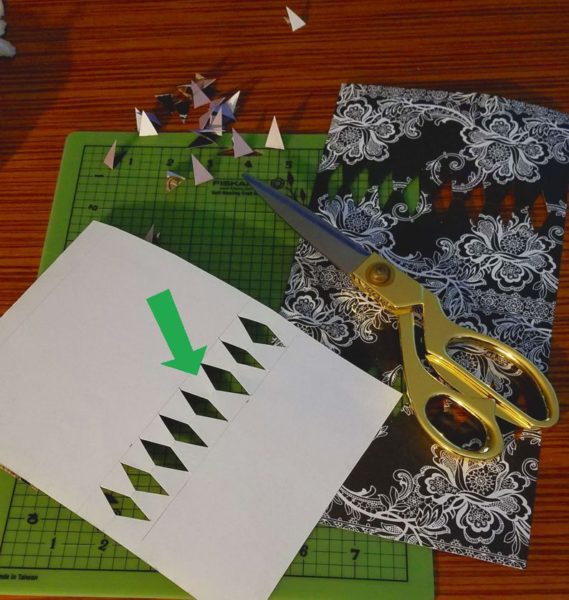
Of course the holes on either end of my cinched crackers would have been smaller if I had left less room between the middle points of each diamond. This space is what will determine how tightly closed the opening can get. You will have to figure out a good balance between a tight closure and enough remaining paper not to tear before it is meant to.
Once you have one end tied up, you can drop your jokes and trinkets inside and tie up the other end et voilà, you have made a cracker.
I will be giving all of mine away. It is a little hard to feel surprised and curious when I know what is in all of them.


